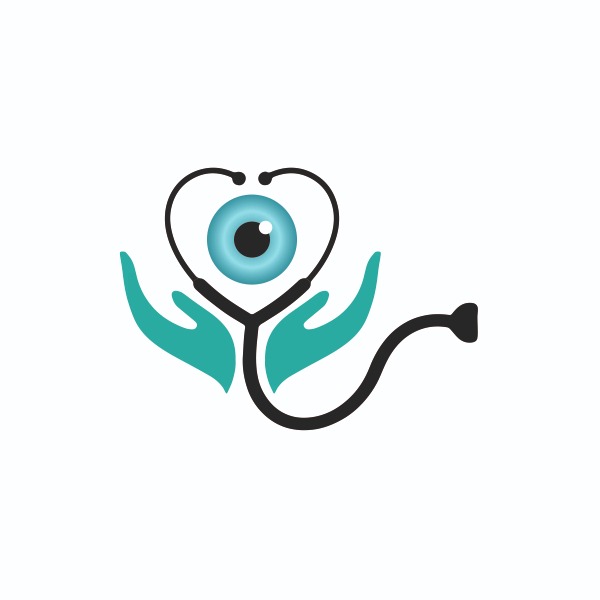+918850846511
Recently updated about

This is your website preview.
Currently it only shows your basic business info. Start adding relevant business details such as description, images and products or services to gain your customers attention by using Boost 360 android app / iOS App / web portal.
Description
Occupational health services focus on maintaining and promoting the health and safety of workers in the workplace. These services encompass a wide range of preventive, diagnostic, and therapeutic interventions designed to prevent work-related injuries and illnesses, manage occupational health risks, and promote overall well-being. ### Key Components of Occupational Health Services 1. *Health Surveillance and Monitoring:* - *Pre-employment Health Assessments:* Evaluations to determine if potential employees are medically fit for specific job roles. - *Periodic Health Examinations:* Regular health checks to monitor the health of employees exposed to specific occupational hazards. - *Biological Monitoring:* Testing for exposure to hazardous substances, such as lead or asbestos. 2. *Risk Assessment and Management:* - *Workplace Risk Assessments:* Identifying potential health hazards in the workplace and assessing the risks to employees. - *Ergonomic Assessments:* Evaluating the design of workstations and equipment to prevent musculoskeletal disorders. - *Occupational Hygiene:* Monitoring and controlling environmental factors that can affect workers’ health, such as air quality, noise levels, and chemical exposure. 3. *Injury and Illness Prevention:* - *Safety Training and Education:* Providing employees with training on safe work practices, emergency procedures, and the proper use of personal protective equipment (PPE). - *Health Promotion Programs:* Initiatives to promote healthy lifestyles, such as smoking cessation programs, stress management workshops, and fitness programs. - *Vaccination Programs:* Offering vaccinations to protect against occupationally acquired infections, such as hepatitis B for healthcare workers. 4. *Management of Work-Related Injuries and Illnesses:* - *First Aid and Emergency Care:* On-site medical services to handle minor injuries and stabilize serious injuries before transferring to a medical facility. - *Rehabilitation Services:* Support for workers recovering from work-related injuries or illnesses, including physical therapy and occupational therapy. - *Return-to-Work Programs:* Developing plans to help employees return to work safely after an injury or illness, including modified duties and gradual reintroduction to work tasks. 5. *Mental Health and Well-being:* - *Psychological Support:* Providing access to counseling and mental health services for employees experiencing stress, anxiety, or other mental health issues. - *Work-Life Balance Initiatives:* Programs to support a healthy balance between work and personal life, such as flexible working hours and telecommuting options. 6. *Regulatory Compliance:* - *Compliance with Occupational Health and Safety Regulations:* Ensuring that workplace practices meet local, national, and international health and safety standards. - *Reporting and Recordkeeping:* Maintaining records of workplace injuries, illnesses, and exposures, and reporting them to relevant authorities as required. ### Benefits of Occupational Health Services 1. *Improved Employee Health and Well-being:* - *Reduced Incidence of Work-Related Illnesses and Injuries:* Preventive measures and early interventions help decrease the number of occupational health issues. - *Enhanced Physical and Mental Health:* Health promotion programs contribute to overall well-being, reducing absenteeism and presenteeism. 2. *Increased Productivity and Efficiency:* - *Fewer Lost Workdays:* Healthy employees are less likely to take sick leave, improving overall productivity. - *Improved Morale and Job Satisfaction:* A safe and healthy work environment fosters a positive workplace culture and increases job satisfaction. 3. *Cost Savings:* - *Lower Healthcare Costs:* Preventive measures and early interventions can reduce healthcare expenses for both employees and employers. - *Reduced Workers’ Compensation Claims:* Fewer work-related injuries and illnesses result in lower workers’ compensation costs. 4. *Compliance and Risk Management:* - *Regulatory Compliance:* Adhering to occupational health and safety regulations helps avoid legal penalties and enhances the company’s reputation. - *Risk Mitigation:* Proactive health and safety measures reduce the risk of workplace accidents and incidents.

